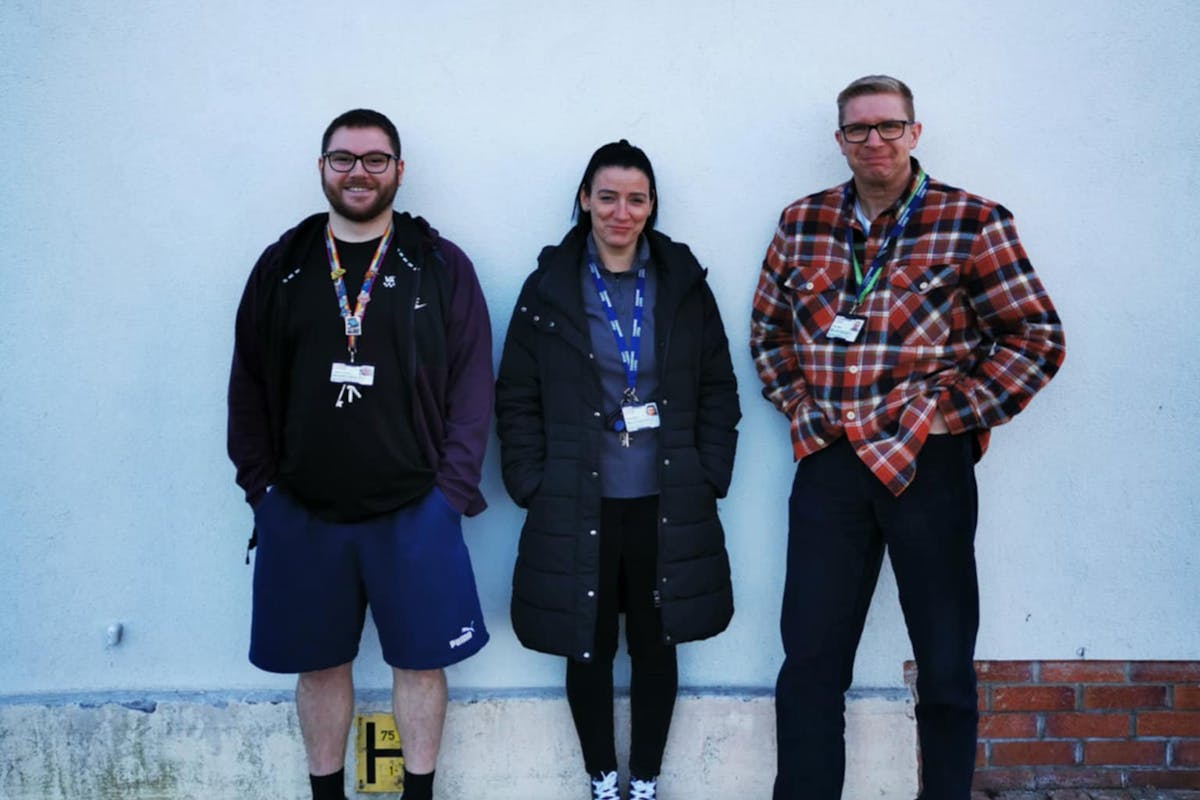Changing Lives' Policy Manager Philippa Roussell shares response to recent statistics on youth homelessness.
Youth homelessness is at record levels and getting worse. New stats from Centrepoint found that last year over 118,000 young people were facing homelessness or at risk. That’s 1 in 62 young people in the UK and a 10% increase from the year before.
At Changing Lives we support people over a wide range of ages who are experiencing homelessness, including specialist provision for young people. Some are care leavers, others might have experienced abuse or family breakdown. Regardless of how they came to be in our services, we aim to give them the skills and empowerment they need to move into their own secure tenancy.
Unfortunately that is easier said than done as young people face additional barriers to moving on from homelessness services. One of the biggest barriers is affordability. Young people are only entitled to a lower Universal Credit standard allowance - £81.77 a month less than someone aged 25 and over – despite having the same living costs. This makes it harder for them to afford private rents – made even more challenging by the freeze in Local Housing Allowance – and we are even seeing young people failing affordability assessments for social housing as their income does not cover rising utility bills. The most affordable housing on the market is being deemed unaffordable if you’re under 25.
The solution we often hear when Universal Credit does not cover the essentials is that people should work – but again, this is easier said than done. People aged 18-20 receive a lower minimum wage, although the gap is closing from April 2025 onwards, but once they start working over a certain number of hours they lose their housing benefit entitlement. Supported accommodation charges higher rents than other forms of accommodation to cover the additional housing management costs. When they’re claiming housing benefit, people living in supported accommodation don’t feel the impact of this but, once they start working, they are suddenly faced with a huge bill and, in many cases, fall into rent arrears.
So you can’t afford your own tenancy without a job. But you can’t get a job until you secure your own tenancy. This is the situation many young people in our homelessness services find themselves in. This leads to people who are ready to move on being stuck in supported accommodation far longer than they need to be. This isn’t good for anyone – not the young people who are prevented from moving on with their lives, and not the rising numbers who also need the bed spaces.
We don’t want to be all doom and gloom though. The government’s upcoming homelessness strategy presents an opportunity to do things differently and to ensure that we break down these barriers for young people. Some of the policies we would like to see include:
- Ending age brackets on minimum wage and Universal Credit
- Adjusting the housing benefit taper rate to allow young people living in supported accommodation to work
- Revising funding models for supported accommodation so they rely less on housing benefit
Responses to homelessness can’t be a one size fits all. This is why we’re joining others in calling for the government’s upcoming homelessness strategy to include a youth-specific section. To follow the campaign check out #YouthHomelessChapter on social media.





